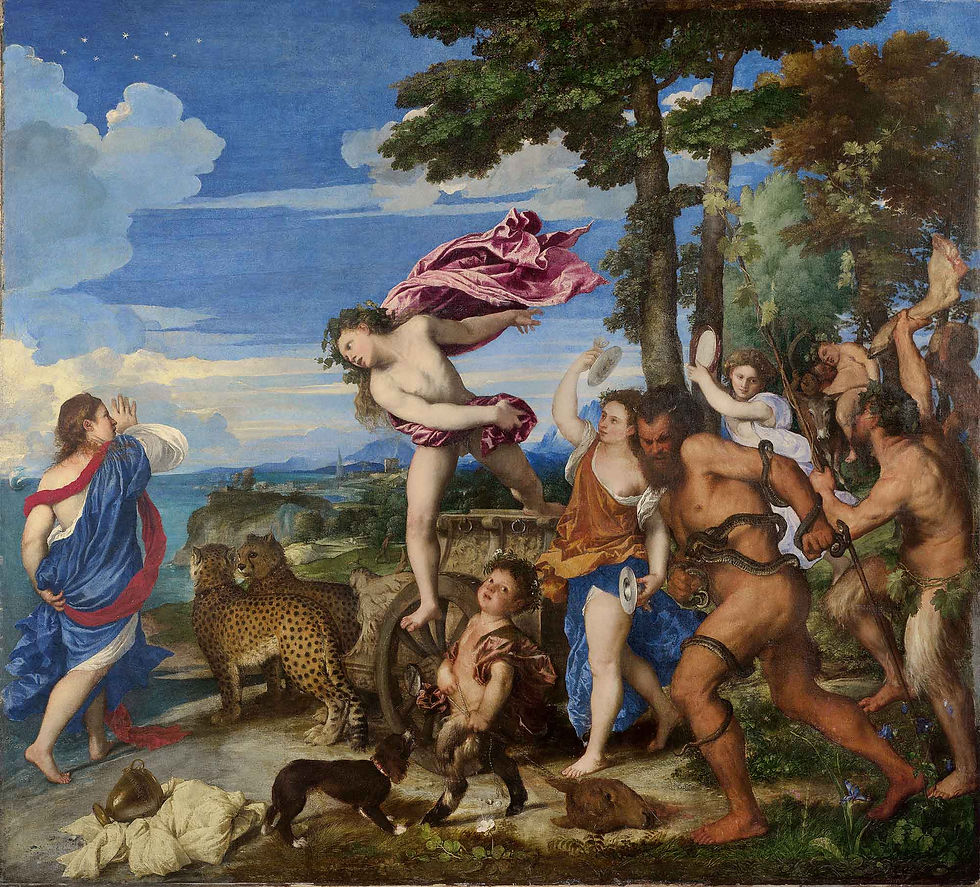Digital room visualization - example only | Digitale Raumvisualisierung - Beispielabbildung


Andrea Mantegna (* 1431 on Isola Mantegna, formerly Isola di Carturo, near Piazzola sul Brenta, province of Padua; † 13 September 1506 in Mantua) was an Italian painter and engraver. His painting was influenced by his study of works of sculpture, especially by the Tuscan sculptor Donatello.
Like other artists of the time, Mantegna experimented with perspective, e.g. by lowering the horizon in order to create a sense of greater monumentality. His flinty, metallic landscapes and somewhat stony figures give evidence of a fundamentally sculptural approach to painting. He also led a workshop that was the leading producer of prints in Venice before 1500.
Alongside his brother-in-law Giovanni Bellini, he was Francesco Squarcione's pupil and the most important painter of the early Italian Renaissance. He was the son of a carpenter, came from a simple, rural background, but was interested in the sculptures of antiquity from an early age. He had to work as a cattle herder in his early youth, but at the age of ten, as an orphan, he was admitted to Francesco Squarcione's school of painting in Padua because of his talent for drawing, where he spent seven years learning, among other things, how to draw ancient statues. His first work was a large altarpiece in the church of St Sophia in Padua.
After a rift caused by jealousy and hatred, Mantegna separated from his teacher in 1447.
Important for his later career was his collaboration with Niccolò Pizzolo (c. 1420-1453), an assistant of Donatello on the frescoes of the Eremitani Church in Padua (1448-1457).
In 1449 he was at the court of Ferrara, where he became acquainted with works by Rogier van der Weyden and Piero della Francesca. In 1452 he returned to Padua to finish his work on the lunette in the Basilica of St Anthony in Padua. In 1453 he married Nicolosia Bellini, the sister of Giovanni Bellini.
From 1456 Margrave Luigi III Gonzaga of Mantua endeavoured to bring Mantegna to Mantua.
In 1456 he appointed him his court painter. Mantegna then remained in the service of the Margraves of Mantua, notwithstanding his activities in Florence, Pisa and in 1488/1489 in Rome.
Mantegna was summoned to Rome by Pope Innocent VIII to paint in the Belvedere.
Mantegna's work played a significant role in turning the rather insignificant city of Mantua into a centre of fine art. Here he opened his own painting school. For the Palazzo Ducale he painted the Great Triumph of Julius Caesar (1484-1492), nine large-scale paintings which were housed in the Palace of San Sebastiano in Mantua from 1506. In 1629 they came into the possession of King Charles I of England, since when they have been in Hampton Court Palace.
Mantegna had three sons who also became painters; among other things, they designed the chapel in which their father was buried. Among Mantegna's pupils, Correggio and Raibolini are the most famous.
Adoration of the Magi
More from This Artist...
_XCF273110.jpg)
World of Art
Bacchus and Ariadne
31
Art ID:
1522-1523
|
176,5 x 191,0 cm
Oil on canvas
80000000
$
Tiziano
Vecellio Titian

World of Art
The Venus of Urbino
32
Art ID:
1534
|
119,0 x 165,0 cm
Oil on canvas
120000000
$
Tiziano
Vecellio Titian

World of Art
Portrait of Alfonso d‘Avalos, Marquis of Vasto, in Armor with a Page
33
Art ID:
1533
|
110,0 x 80,0 cm
Oil on canvas
100000000
$
Tiziano
Vecellio Titian

World of Art
Diana and Actaeon
34
Art ID:
1556-1559
|
178,8 x 202,2 cm
Oil on canvas
85800000
$
Tiziano
Vecellio Titian
Discover other Artist's Art of The Same Style...

A Call to the World's Finest Female Artists: Join us!
Discover what makes our vibrant community unique – from nurturing creative talents to forging strong connections. Leverage our commission-free sales platform to keep the full sales price of your artworks, expand your network through our global partnerships with museums and galleries, and enhance your visibility with our comprehensive marketing and community engagement initiatives.


Explore Further Unique Fine Art
Filter now for more than 1.000 artists worldwide!
Discover thousands of artworks to choose from!























